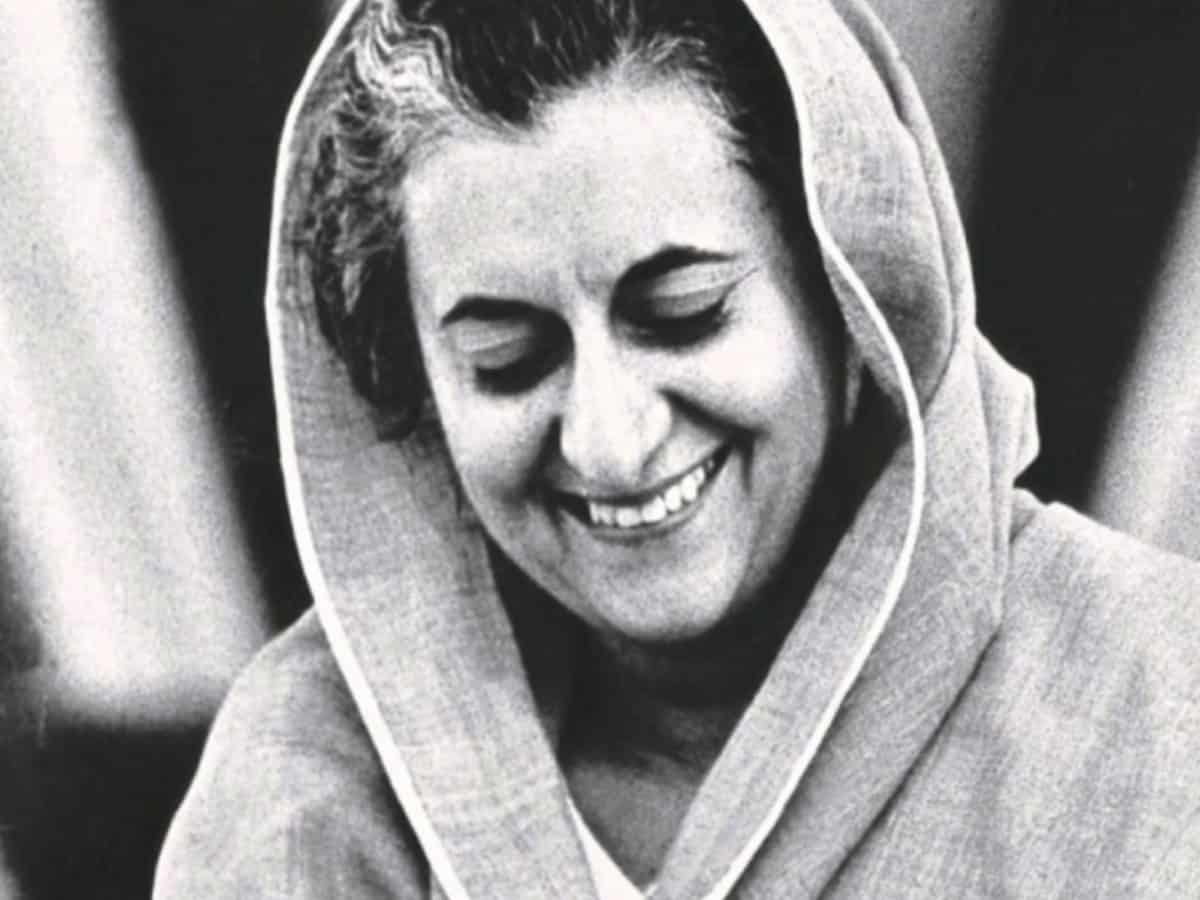
Indira Gandhi took the initiative to convene Chief Ministers Conference on Land Reforms in 1969. The idea was to evolve a national consensus and to urge the States to enact Land Reforms laws in their respective States.
In her address to the Chief Ministers Conference on Land Reforms and Food Policy on September 26, 1970, Indira Gandhi highlighted the reasons why land reform has become a problem of national importance and national urgency.
Indira Gandhi said, “Land Reforms is the most crucial test, which our political system must pass, in order to survive. It is also an essential prerequisite for self-sufficiency in foodgrains. In 1967, we resolved to stop all concessional food imports by the end of 1971. I am sure that you would all like this commitment to be honoured.”
“We can do so only with your cooperation and sustained effort to increase agricultural production. The pace of land reforms must, therefore, be quickened and favourable tenurial conditions created, to enable more and more farmers to invest in inputs of the new technology. If this is not done, there is the real danger that agricultural production, after its recent spurt, will level off at a plateau, undoubtedly higher than before, but inadequate for our growing needs,” she added.
Putting the issue in perspective, in the global context, Indira Gandhi said, “There is nothing radical or revolutionary in land reforms. I am sure those present know about what has happened in Mexico,. Modern Japan’s industrial progress and stability is based on land reforms. The land reforms in Iran were initiated by the Shahenshah, himself and created the conditions for Iran’s further progress. Land Reforms were essential ingredients of growth in modern industrial Europe. Only the Austro-Hungarian Empire and the Czarist Empire thwarted land reforms. And they both collapsed.”
State Subject:
Land Reforms are a State subject. Indira Gandhi was the first to realize that no single programme more intimately affects millions of people than land reforms. It has the innate potential to transform the lives of the common people and to release their dormant energies to change their lives and future, as also the lives and the future of their children. What is more, it reinstills faith in the democratic system.
In 1972, the Undivided Andhra Pradesh Chief Minister P V Narasimha Rao brought about the landmark AP Agricultural Land Ceiling Act, which was eventually passed in 1973. It was a Model Act and the then Odisha Chief Minister Nandini Satpathy borrowed the AP Land Ceiling Act, for replication in her own States.
When P V Narasimha Rao was the AP Chief Minister, Revenue Minister P Narsa Reddy was also given Lands Reforms, which was usually retained by the State Chief Minister.
Indira Gandhi was conscious of the fact that litigation was another major obstacle, where land reforms tend to get bogged down. To ensure that civil courts were not overburdened, a seperate judicial machinery with exclusive jurisdiction to hear and dispose of cases arising out of the Land Reforms laws was envisaged, by setting up Land Ceiling Tribunals.
Indira Gandhi’s aim was quick and expeditious disposal of cases, without violating the principles of equity and natural justice.
Describing Land Reforms as the Agricultural New Deal, Indira Gandhi set out the larger objective of living up to the aspirations of millions of cultivators during the national movement.
For Indira Gandhi, Land Reforms was not an end in itself, but only a means towards achieving a larger end. Indira Gandhi was no believer of textbook Socialism or theoretical egalitarianism. During the early days of Naxalism in 1967, Indira Gandhi could foresee clear warning of the growing impatience in the countryside. As she put it, she could see future casting a shadow on the present.
Sharing her own vision, Indira Gandhi exhorted the Chief Ministers to work for the larger goal. Indira Gandhi said, “We have yet to create an equitable tenurial system for the village poor. We have yet to devise a system for the distribution of credit and inputs, which is not biased in favour of the affluent. In short, we have yet to create institutional conditions, which would enable small farmers, tenants and landless labourers to share in Agricultural New Deal.”
